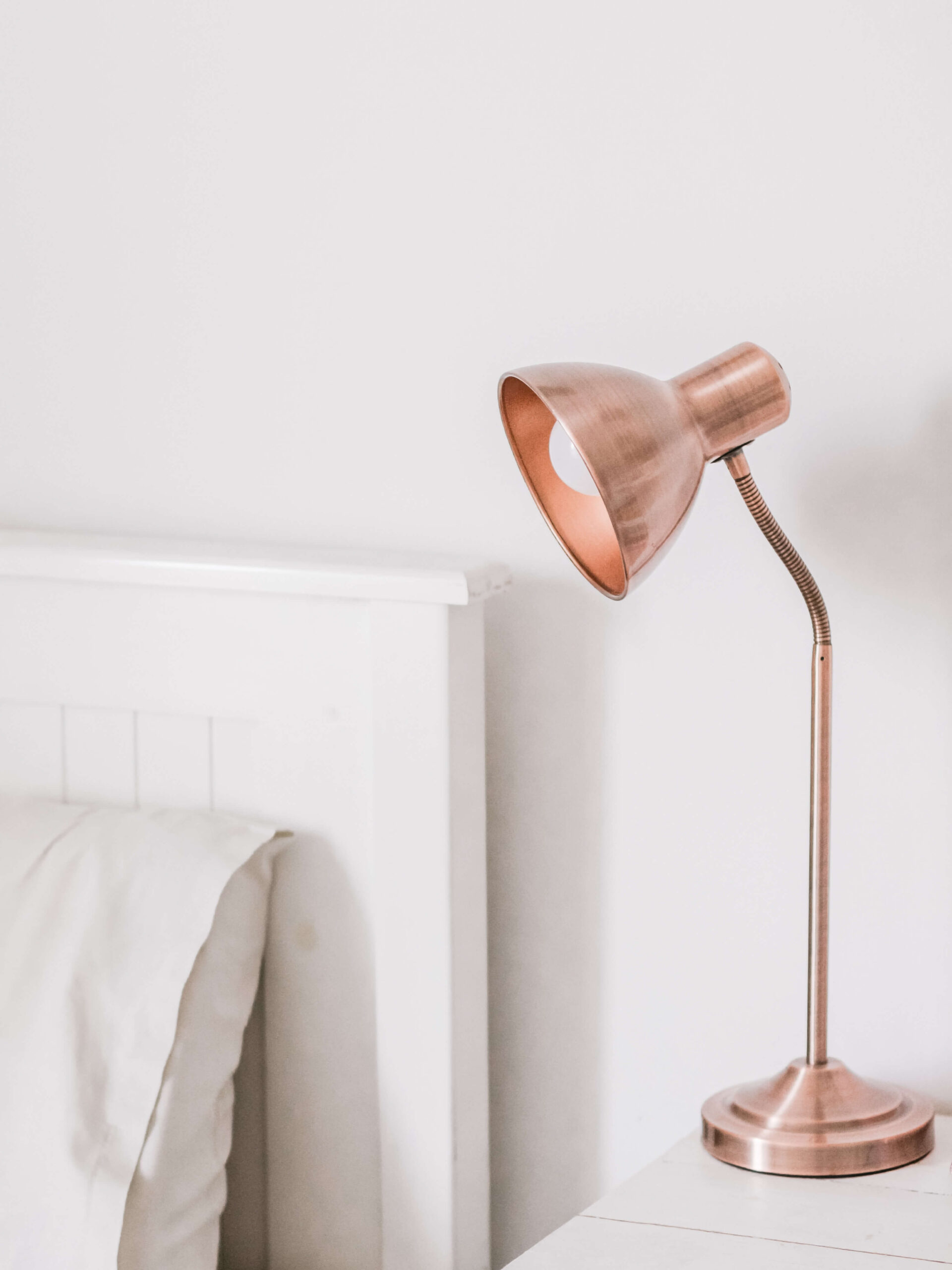The Galaxy S25 Edge’s camera is confusing, and I understand if it’s putting you off buying one. After all, the specification includes the big 200-megapixel main camera from the Galaxy S25 Ultra, but it doesn’t have a telephoto like the Galaxy S25 Plus, making it an odd in-between model.
I was concerned the lack of a telephoto would hurt the S25 Edge’s versatility, so have been busy taking zoom photos with the phone to find out if you can live with it, or if it’s a serious downside to the coolest, thinnest smartphone we’ve seen in a while.
Optical vs optical quality

Samsung hasn’t put a telephoto camera alongside the S25 Edge’s 200MP main camera and 12MP wide-angle camera, but it does say you’ve got a 2x “optical quality” zoom, enabled by the 200MP camera. It means the camera takes a full resolution photo and crops it in the sensor itself, without resorting to the pixel enhancement and digital cropping it may use when you snap photos at 4x or 10x zoom in the app. The result should be a purer, natural-looking zoom photo.
Regardless of Samsung’s technical efforts to convince us otherwise, optical quality zoom shots will almost always, in our heads, sound like a compromise. Camera fans will hanker after the true optical quality telephoto camera on the back of the Galaxy S25 Plus or the Galaxy S25 Ultra, and considering the S25 Edge’s $1,100 price, think the phone deserved one anyway.
Space is probably the main reason it doesn’t have one. Samsung had to reduce the size of the 200MP camera module by 18% in order to fit it in the S25 Edge, which was likely no easy task, and also evidence there’s very little spare room inside the phone at all. Massive sensors and engineering flair don’t matter to camera fans when they’re faced with “optical quality” telephoto images though. But is this stance backed up by the photos it takes?
First S25 Edge zoom photos

I’ve been out shooting photos with the Galaxy S25 Edge for the last week, and have paid special attention to the 2x optical quality zoom shortcut in the camera app. While it’s not quite as versatile as a 3x telephoto, zooming in at 2x does still help frame photos in an interesting way, introduce more depth of field, and concentrate on specific details which can get lost in a standard 1x photo.

I spent a day with the Hyundai Kona Electric, and captured some of the striking details on this unusual-looking car with the S25 Edge’s 2x zoom. The main 2x shot of the car is excellent, with accurate white balance and just enough depth of field to make the subject pop. Crucially, there’s almost no noise at all when you crop the image again, although there is some haloing when you look very closely.

Haloing is the main concern, and while it does show up in some 2x photos, it’s not always there and may depend on the lighting conditions. It’s also possible it’ll be fixed in future software updates. The shot of the dashboard taken between the sweeping door frame shows masses of detail, with text on the buttons and screen staying sharp and clear, and with little noise in the dark footwell. The close-up of the front light and wing demonstrate the great white balance again, without any haloing this time, and excellent detail levels on the tire and inside the light unit.
More close-up shots

Now spring has arrived, bees are gathering on blooms. How does the Galaxy S25 Edge’s camera cope taking photos here, as it has to focus on small subjects, quite close up. I like to use telephoto cameras for shots like these, and have been pleasantly surprised by the S25 Edge’s performance.
I took dozens of photos, and you can see one of the better images here. It’s not a fault of the camera I took so many, but more of an issue with the bees not staying still for long. The focus on the flower is sharp, but it has also captured the bee in flight effectively. There’s some motion blur, but this is to be expected, and it doesn’t ruin the photo. Factor in this is not an optical zoom, and was taken handheld with the camera in auto mode, it’s decent.

But what about outside the optical quality 2x mode? The good news here, and where I also underestimated the camera, is the 3x zoom is very usable, despite Samsung not promoting it as optical quality. The second photo of the bee was taken at 3x, so a digital zoom, and the quality is excellent. There’s a lot of detail, strong colors, and a pleasing depth of field. The 3x mode is far better than I expected it to be, perhaps even more so than the 2x mode.
Underestimating the Galaxy S25 Edge’s camera

This isn’t a complete review of the Galaxy S25 Edge’s camera, but as the decision to not include a true telephoto camera caused some controversy, even if it wasn’t that unexpected given the phone’s design, it was far more likely to be a barrier for purchase than anything else.
I underestimated the Galaxy S25 Edge’s zoom camera mode, and in doing so also underestimated just how good Samsung’s optical quality zoom has become. I should have had more faith, given I has the same concerns about the Galaxy S24 Ultra’s 10x hybrid zoom, after the switch over from the Galaxy S23 Ultra’s 10x optical telephoto. It also turned out to be very good.
It doesn’t deserve to put you off the phone, or to feel shortchanged compared to the Galaxy S25+ if you choose it instead. It’s very capable, even at 3x zoom, and a brilliant example of how to use technology to solve the problem of simply not being able to squeeze another camera into the body. I’ve really enjoyed the Galaxy S25 Edge so far, and adore the wonderful portability and superb ergonomics of the 5.8mm thick case. If you’re tempted by it, but worried about it having only two cameras on the back, you can tick that concern off your list.








